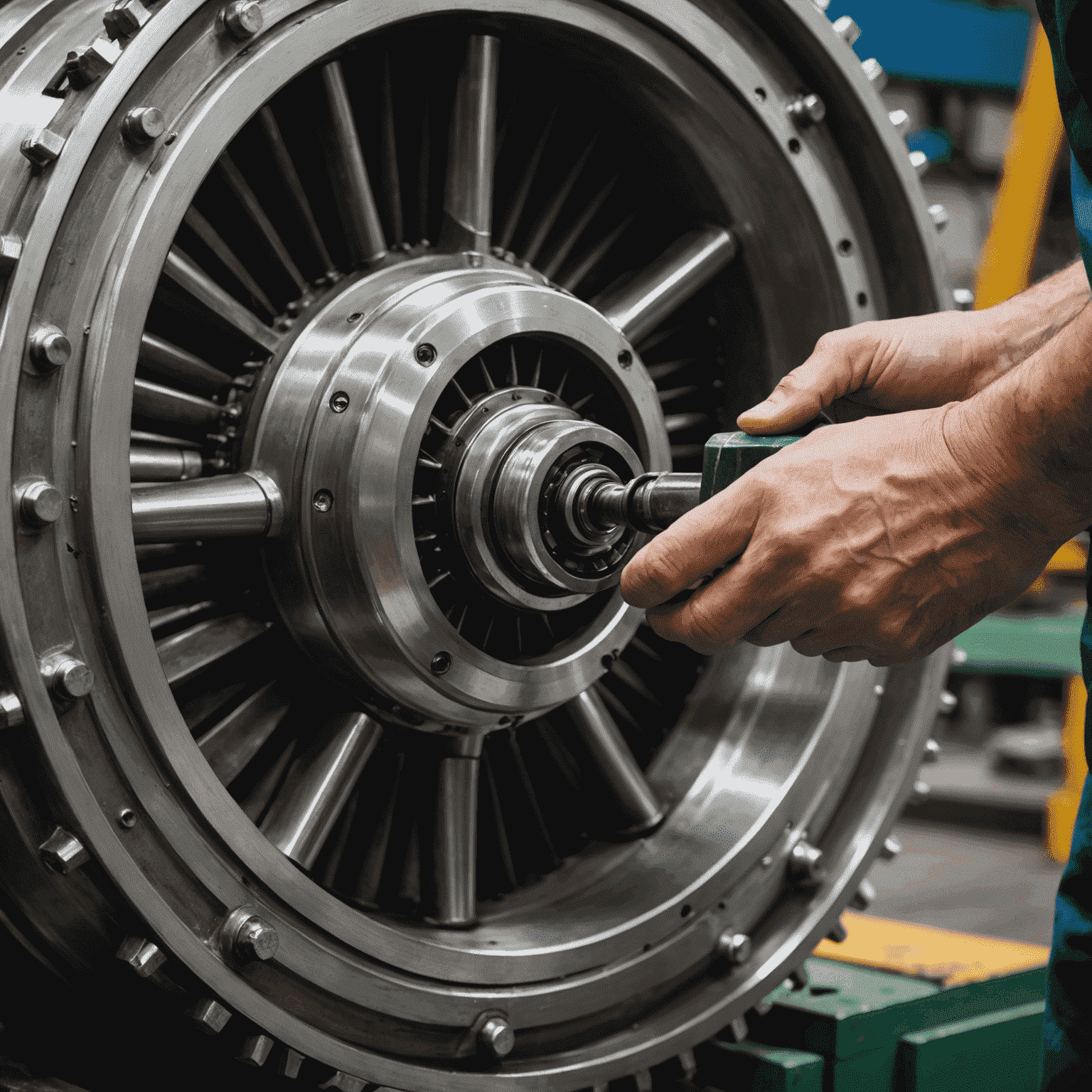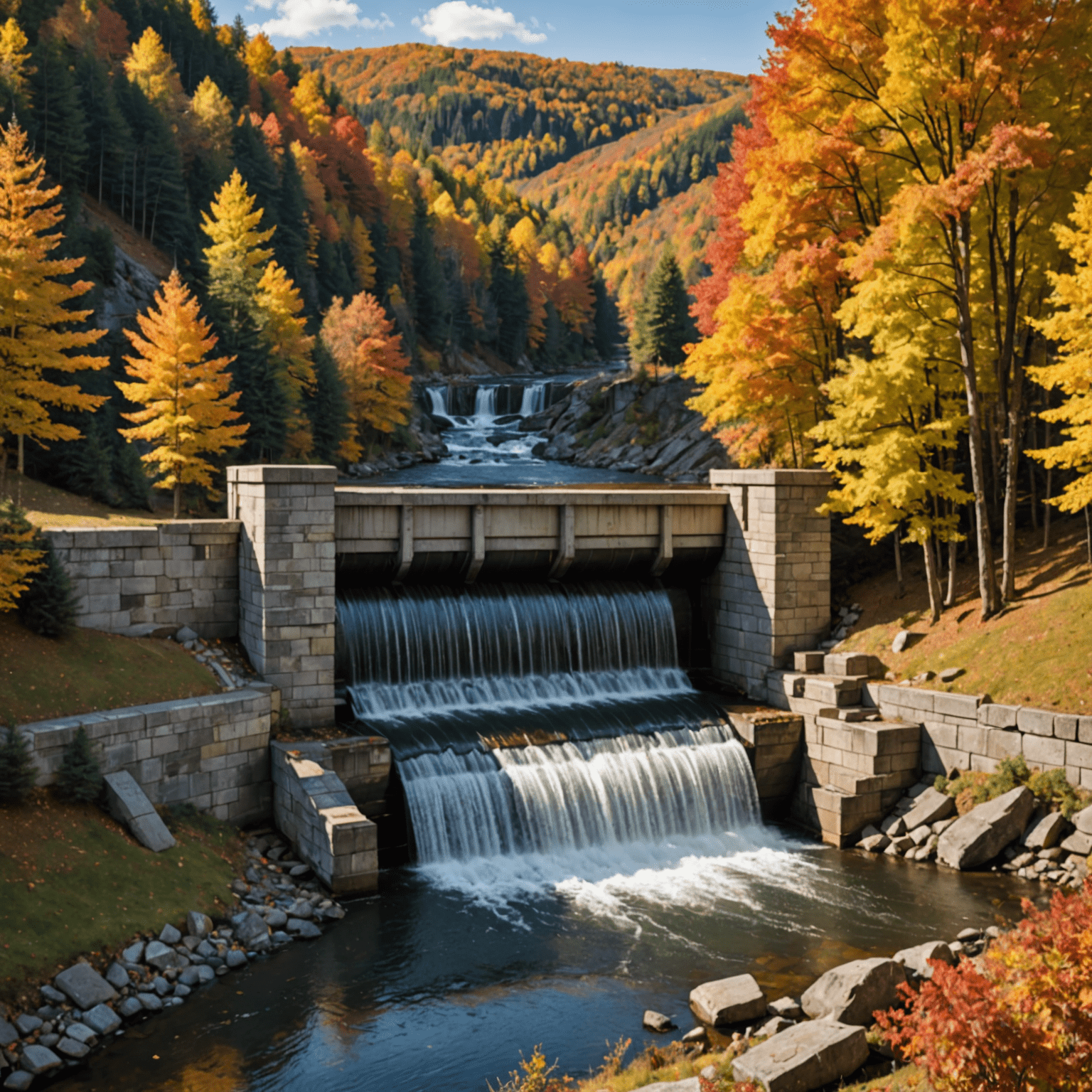Maintenance Tips for Your Hydroelectric System

Keeping your hydropower setup running efficiently is crucial for maintaining energy independence. Here are some essential tips to help you troubleshoot common issues and ensure your system operates at peak performance.
1. Regular Inspections
Conduct weekly visual inspections of your hydroelectric system. Look for signs of wear, loose connections, or debris buildup. Early detection of potential problems can prevent costly repairs down the line.
2. Clean Intake Screens
Debris can significantly reduce your system's efficiency. Clean intake screens at least monthly, or more frequently during high-flow seasons. This simple task can dramatically improve water flow and power output.
3. Monitor Water Levels
Keep a close eye on water levels in your reservoir or stream. Low water levels can strain your system and reduce power generation. Consider installing automated monitoring systems for real-time data.
4. Lubricate Moving Parts
Proper lubrication is essential for the longevity of your turbine and generator. Follow the manufacturer's guidelines for lubricant types and schedules. This helps reduce friction and prevent premature wear.

5. Check Electrical Connections
Loose or corroded electrical connections can lead to power loss and safety hazards. Regularly inspect and tighten all connections, and replace any damaged wiring promptly.
6. Balance the Load
Ensure your power consumption matches your system's capacity. Overloading can lead to system failures, while underutilization may result in wasted energy. Use smart load management techniques to optimize your usage.
7. Maintain Proper Water Quality
Water quality affects your system's performance and longevity. Monitor pH levels and mineral content, and implement filtration systems if necessary to prevent scale buildup and corrosion.
8. Seasonal Adjustments
Adapt your maintenance routine to seasonal changes. For example, prepare for increased debris during autumn leaf fall or potential freezing issues in winter.

9. Keep Detailed Records
Maintain a log of all maintenance activities, power output, and any issues encountered. This information is invaluable for identifying patterns and optimizing your system over time.
10. Professional Servicing
While regular DIY maintenance is crucial, schedule annual professional inspections. Experts can spot potential issues you might miss and perform more complex maintenance tasks.
Remember:
Consistent maintenance is key to maximizing the efficiency and lifespan of your hydroelectric system. By following these tips, you'll ensure a reliable source of clean, renewable energy for years to come, contributing to your energy independence and reducing your environmental impact.